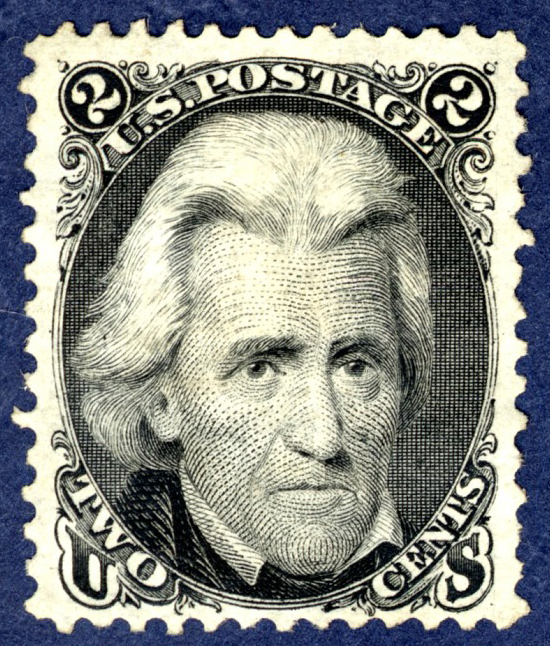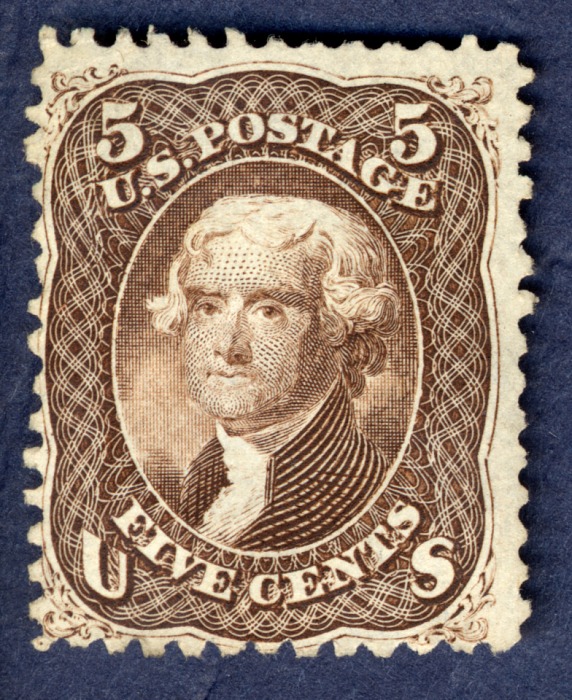
The stamps of the 1862-1866 Issues do not have a uniform plan of design, color, or denomination. They were released to remedy the confusion associated with the color of the 5- and 24-cent stamps of the 1861 Issues and to accommodate the new two-cent and fifteen-cent postal rates.
The 1861 Issue stamps had been released in mid-to-late 1861 to quickly replace the Toppan, Carpenter & Co. issues, which were soon to be demonetized. The Civil War fully underway, millions of the 1861 stamps were in Confederate hands. The 5- and 24-cent stamps of 1862 were released with different designs and sizes in an effort to make them visually different from their earlier counterparts.
Within these 1862-1866 Issues two new U.S. presidents—Andrew Jackson and Abraham Lincoln—were added to the roster of those portrayed on postage stamps.



